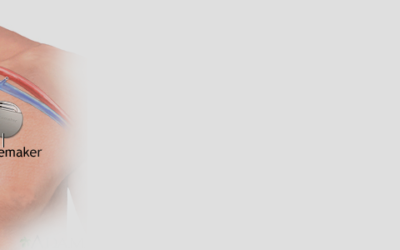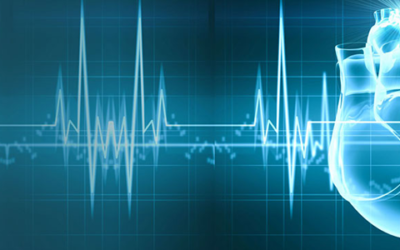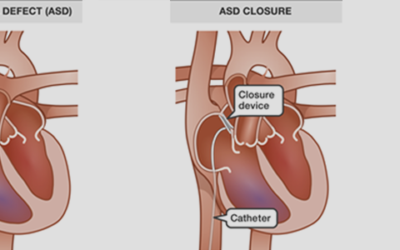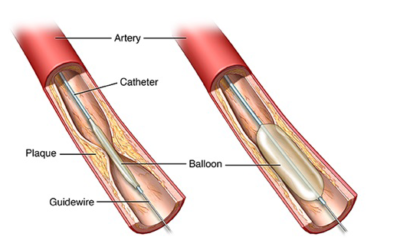CRT / CRT – D VALVE IMPLANTATION
Cardiac re-synchronization therapy (CRT) devices help your heart beat more efficiently and monitor your condition so your doctor can provide the right treatment for you. Find out more about how your device works below. CRT-D is designed to stop life-threatening...
PACEMAKER IMPLANTATION
A pacemaker is a small device that's placed under the skin in your chest to help control your heartbeat. It's used to help your heart beat more regularly if you have an irregular heartbeat (arrhythmia), particularly a slow one. Implanting a pacemaker in your chest...
EP STUDY
An electrophysiology (EP) study is a test performed to assess your heart's electrical system or activity and is used to diagnose abnormal heartbeats or arrhythmia. The test is performed by inserting catheters and then wire electrodes, which measure electrical...
DEVICE CLOSURE OF ASD / VSD
Device Closure of Atrial Septal Defect (ASD) is a procedure to fix a hole in the atrial septum. The atrial septum is a wall that separates the right and left upper chambers in the heart (atria). This hole is called an atrial septal defect or ASD. The percutaneous...
ANGIOPLASTY
Coronary Angioplasty is a medical procedure to which opens up blocked blood vessels thereby restoring blood flew to the heart muscles. These blood vessels are also known as coronary arteries. Coronary Angioplasty may be needed to reduce chest pain caused by reduced...





